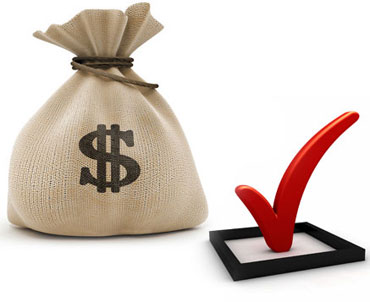We’ve been doing focus groups with business owners and advisors for the last four months to get their feedback on how they want to learn about what it takes to really exit.
- Owners get inundated with cold calls and pitch letters from M&A groups to get them exit-ready… all that means of course is that they are offering representation. What the owner interprets from these weekly calls is that they will be able to sell when they want for what they want. This false sense of security makes them deaf to the facts –  just because an agent offers representation doesn’t mean they’ll be accepted as clients and secondly, buyers look for companies that have been made saleable. Just because a company has an agent doesn’t mean it will attract a buyer. Our network of M&A advisors (who are quite different in their approach to business brokers) tell us they look at hundreds of companies and only select the 5-15 they know their buyers will see as worth their investment.
- Owners tend to link the concept of selling to the end of their business life. They link their identity to their business accomplishments. They link their retirement account to assets they’ve invested in outside their company. Until they are willing to work with someone who can help them separate these ideas in their mind, fear of the worst outcome rules decision making.
We repackage these ideas:
- Your business is your highest value asset. Think like an investor. Any external investor in your business would expect a return. If you buy a stock at $20 per share and know you want a 40% return on your money, you would set a tracker to tell you when the stock got to $28 so that you could capture your gains.
- Selling some or all means getting that return on your investment. How much do you want to sell it for? Is it worth that much to the ideal buyer? Owners must realize that just because the company is successful does not mean it is transferrable and ready to full fill a buyer’s own strategic goals. To get that return, the company has to be made saleable and attractive to the right buyer. This takes 2-4 years. The closer the fit to the buyer’s goals, the higher the premium a buyer is willing to pay.
- Buyers look when it suits them, not an owner’s exit date. A company that has been made saleable is more profitable for the current owner and is ready when their ideal buyers are looking.
- Selecting the future an owner wants means they will more than likely keep and grow their identity and standing in their business community, not park it on the shelf.
- The worst outcome is to do nothing and not act with intention.
But before we can have this conversation, the owner has to be willing to engage in exploring what all these conflicts, linked ideas and fears mean to them with someone they trust. And that is really the rub point: who will that be in the owner’s life that has the skills and knowledge to facilitate this conversation so that it results in an intentional decision?
What and who would inspire you to have that kind of conversation? What would they say to get your attention? Share your comments with other owners and advisors so we can all benefit and help each other.





